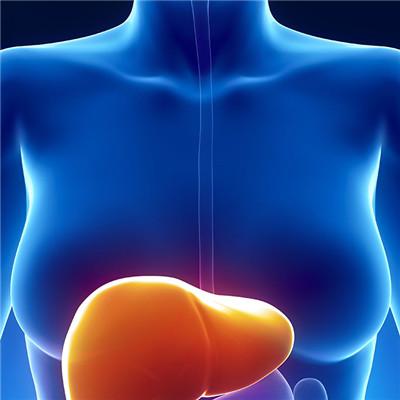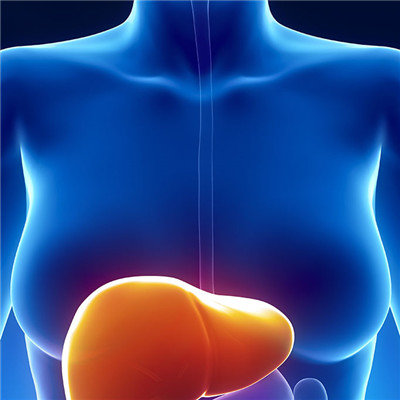How is facial paralysis diagnosed
summary
Facial paralysis is commonly known as "hanging slanting wind", and "crooked mouth" (Bell's palsy) is a sudden weakness or paralysis of one side muscle caused by abnormal facial nerve function. Facial nerve is the cranial nerve which dominates the facial muscles. The etiology of facial paralysis is unknown, which may be related to the swelling of local nerve tissue, nerve traction and compression or blood circulation disorder caused by virus infection of facial nerve. Let's talk about how to diagnose paralysis.
How is facial paralysis diagnosed
First: most patients with facial paralysis often wash their face and gargle in the morning and suddenly find that one side of the cheek is not moving properly and the mouth is askew
Second: the affected side can not wrinkle the forehead, frown, close the eyes, puff and pout. When puffing and whistling, air leakage occurs because the affected lip cannot be closed
Third: the facial expression muscle of the diseased side is completely paralyzed, the forehead wrinkles disappear, the eye fissure expands, the nasolabial groove is flat, the mouth angle droops, and the mouth angle deviates to the healthy side when the teeth are exposed
matters needing attention
When patients with facial paralysis eat, food residue often stays in the buccal space of the diseased side, and saliva often drips down from that side. As the lacrimal point with the lower eyelid entropion, so that tears can not be normal drainage and overflow














